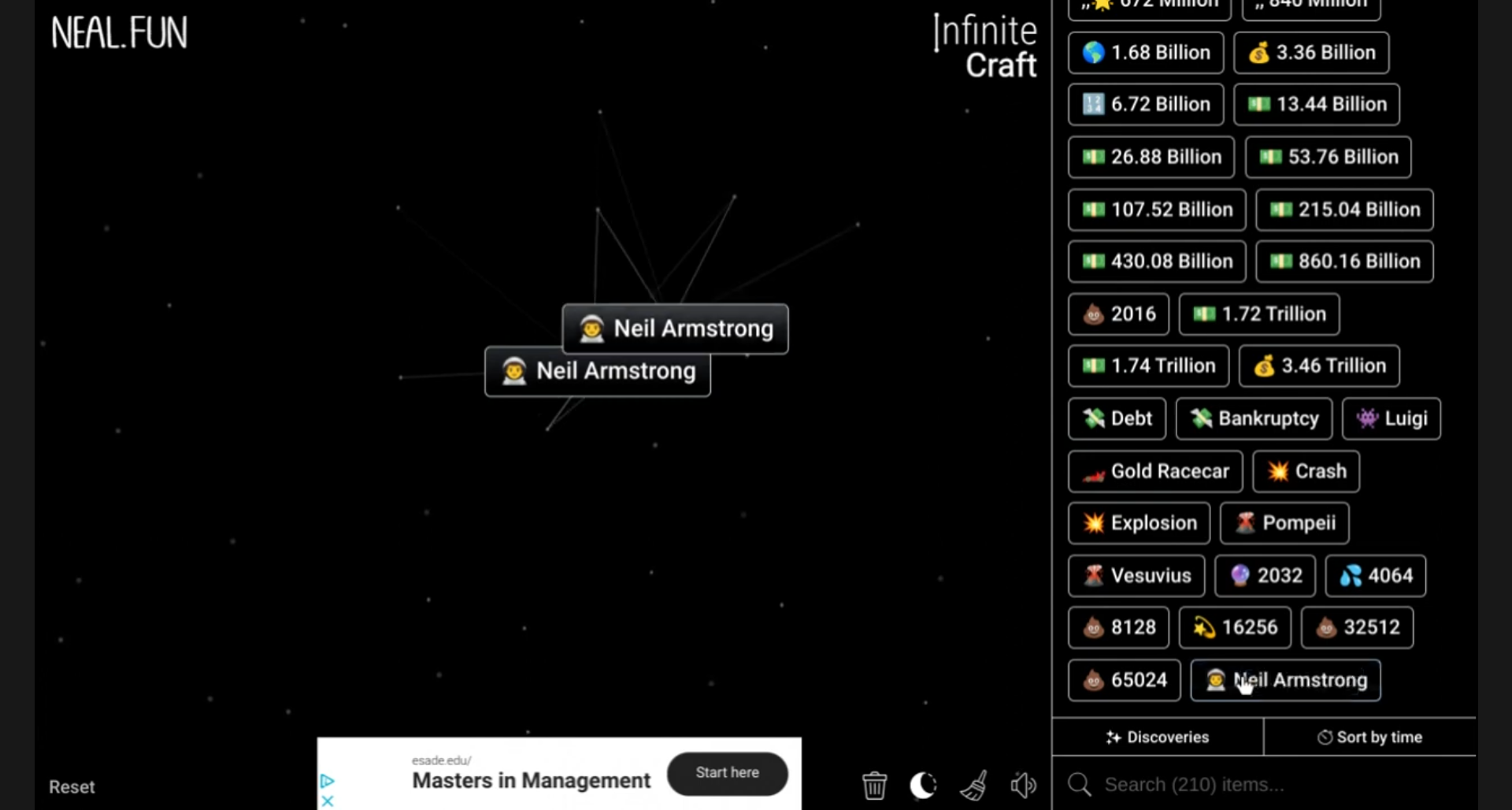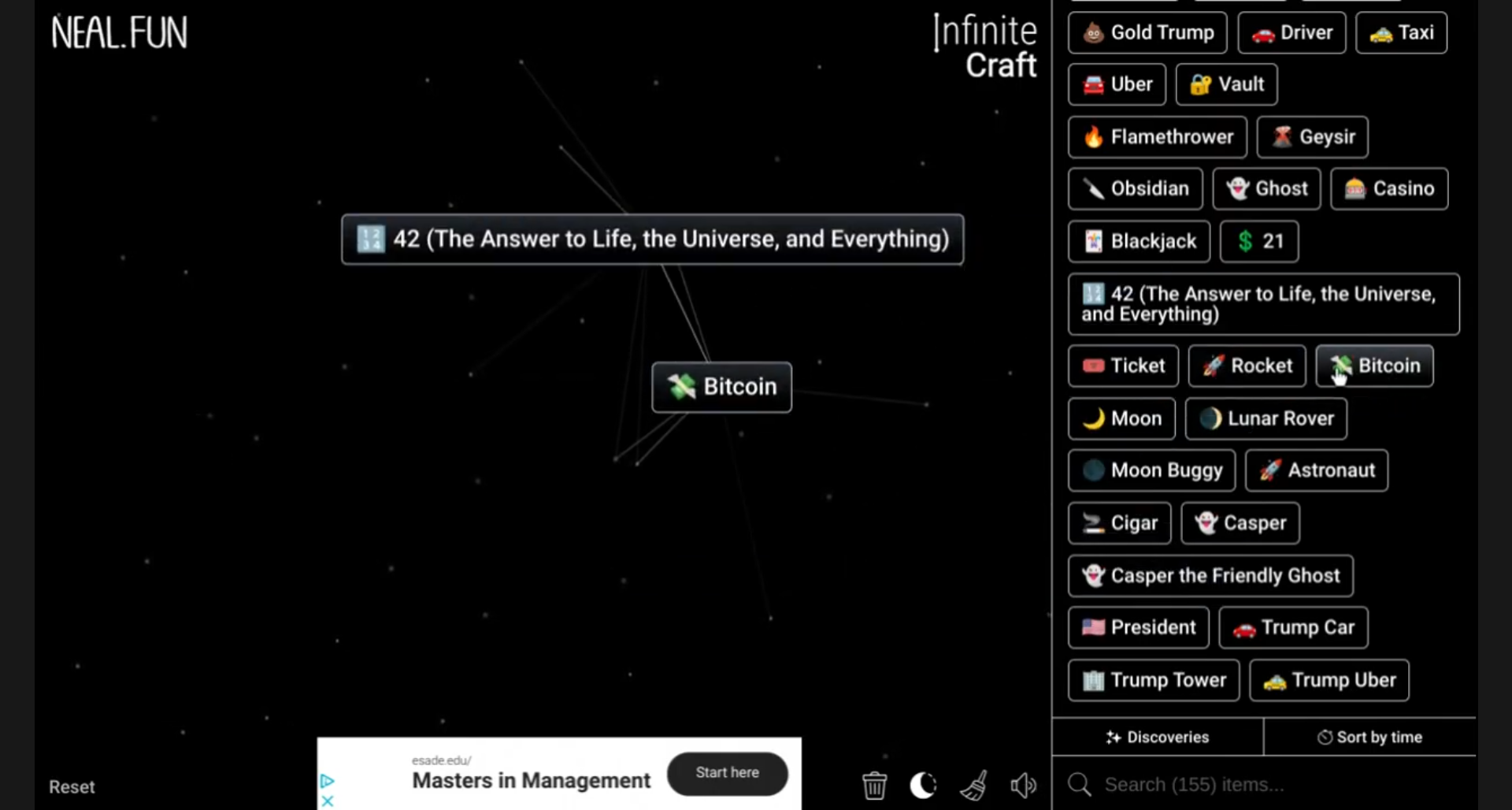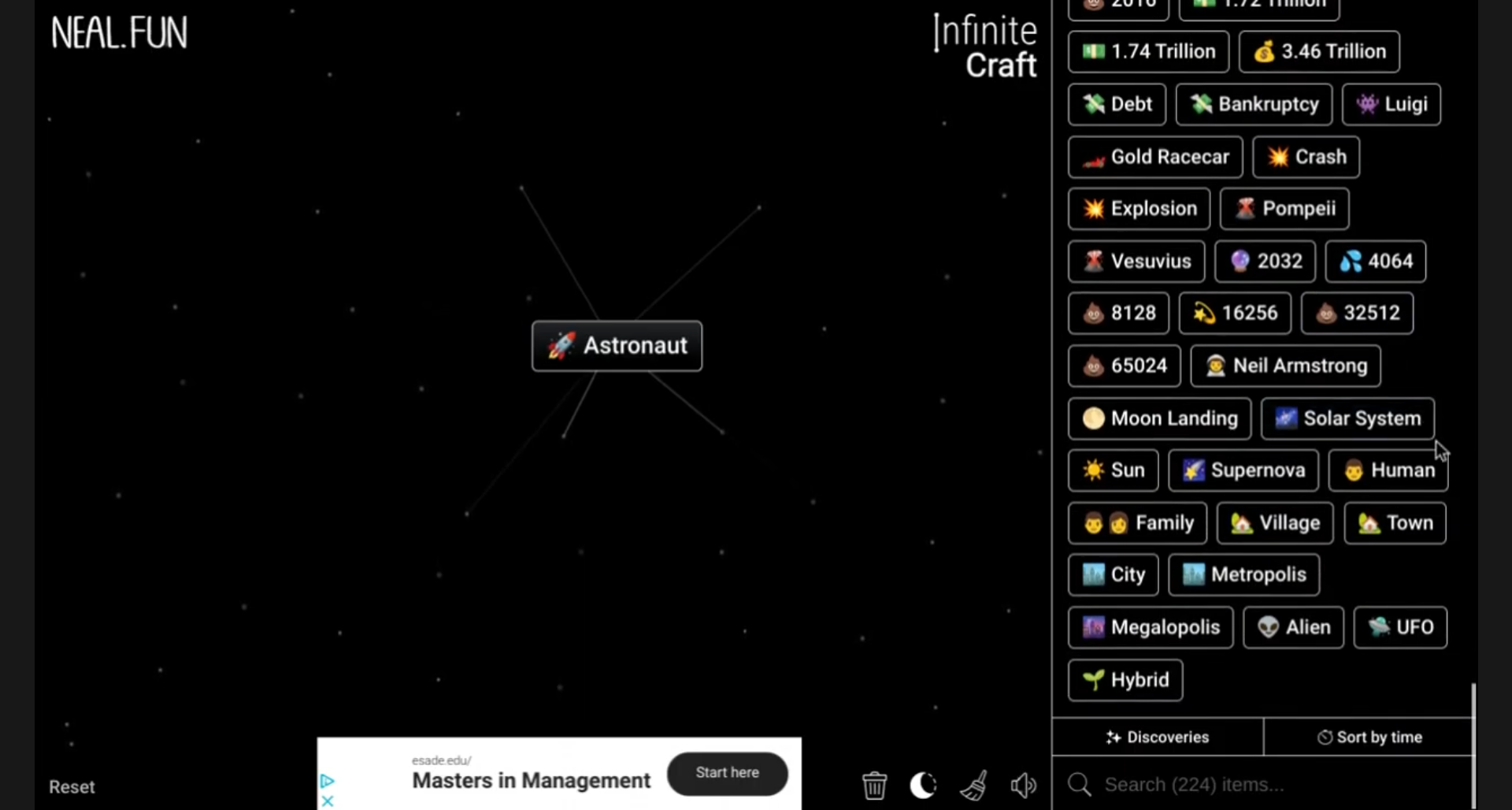In an era where creativity meets technology, how to make video games in Infinite Craft stands out as an accessible entry point for budding game developers. Infinite Craft isn’t just a game engine; it offers a unique platform where imagination fuels creation, allowing users to design captivating games from the comfort of their homes. In this article, we will guide you through every aspect of creating your own video game using Infinite Craft—be it your very first game or a project that showcases your advanced skills.
Introduction to Infinite Craft
What is Infinite Craft?
Infinite Craft is a versatile game development engine that democratizes game creation. Unlike traditional game development platforms that often require extensive coding knowledge and high investment in tools, Infinite Craft empowers users with an intuitive interface and various built-in features designed for creativity. By prioritizing user-generated content, it opens avenues for developers of all skill levels to bring their unique visions to life.
Purpose of the Article
The goal of this article is to provide a step-by-step guide on how to make video games in Infinite Craft. We will highlight the features that make this platform user-friendly while encouraging beginners to explore their creativity. By the end of this guide, you’ll be equipped with the knowledge needed to create, improve, and share your own games.
Getting Started with Infinite Craft
System Requirements
Before diving into game development, ensure your system meets the necessary requirements:
- Minimum Hardware: Dual-core processor, 4GB RAM, integrated graphics.
- Recommended Hardware: Quad-core processor, 8GB RAM, dedicated graphics card.
- Compatible Operating Systems: Windows 10, macOS Mojave or later, Linux distributions.
The installation process is straightforward. Simply download the installer from the official website and follow the on-screen instructions to set up Infinite Craft on your device.
Setting Up Your Workspace
Once installed, launch Infinite Craft and familiarize yourself with the main interface. Key tools include:
- The Game Explorer: This section holds all your games, assets, and projects.
- Asset Library: Access pre-made characters, environments, and objects.
- Script Editor: Use this tool for customizing your game mechanics.
Understanding the Basics of Game Development
Core Concepts in Game Design
When considering how to make video games in Infinite Craft, you should understand core game design concepts:
- Game Mechanics: These are the rules and systems that define gameplay, such as player movement, scoring, and challenges.
- Storytelling: A compelling narrative can enhance engagement, making players invested in the outcome.
- User Experience: Prioritizing intuitive controls and feedback will improve player satisfaction.
Types of Games You Can Create
Infinite Craft supports a plethora of game genres:
- Adventure Games: Build immersive worlds where players embark on quests.
- Puzzles and Platformers: Create challenging levels to stimulate thinking and dexterity.
- Simulation and Sandbox Games: Encourage open-ended exploration and creativity.
Creating Your First Game in Infinite Craft
Step 1 – Conceptualizing Your Game

Every game begins with a solid idea. Consider the following steps:
- Brainstorming Ideas: Write down any concepts that excite you.
- Defining Your Audience: Tailor your ideas to suit the preferences of your intended players.
- Creating a Game Design Document: Outline your game’s objectives, mechanics, and features in detail.
Step 2 – Designing Game Elements
Creating Characters
Designing characters is crucial. Focus on:
- Character Attributes: Define abilities, strengths, and weaknesses.
- Customization Options: Use Infinite Craft’s templates to personalize appearances.
Building Environments
Next, build your game’s world:
- Designing Levels: Lay out gameplay areas strategically to create challenges.
- Importing / Creating Assets: Utilize premade assets or create your own to enrich environments.
Step 3 – Programming Game Mechanics
Programming can seem daunting, but Infinite Craft simplifies it:
- Basic Coding Principles: Familiarize yourself with the engine’s scripting language.
- Visual Scripting Tools: Use node-based tools for logic creation without traditional coding.
- Creating Simple Mechanics: Set up player movement and interactions effortlessly.
Step 4 – Testing Your Game
Testing is a pivotal step in how to make video games in Infinite Craft. Consider the following:
- Importance of Playtesting: Have friends play your game to identify issues.
- Collecting Feedback: Encourage constructive criticism to fine-tune gameplay.
- Debugging: Learn to fix common issues that arise during testing.
Enhancing Your Game
Adding Sound and Music
Audio takes your game to the next level:
- Importing Sound Effects: Utilize sound libraries or create original compositions.
- Creating an Immersive Experience: Balance background music and sound effects to match gameplay intensity.
Incorporating Multiplayer Features
Many gamers enjoy multiplayer experiences. To incorporate these:
- Overview of Multiplayer Options: Choose between local and online gameplay.
- Setting up Online Play: Familiarize yourself with server setups and network coding.
Customizing Graphics and Visuals
Visuals matter tremendously:
- Using Shaders: Enhance depth and visual appeal.
- Understanding Art Styles: Choose an aesthetic that fits your game’s theme.
- Optimizing Graphics: Maintain performance without sacrificing quality.
Publishing and Sharing Your Game
Exporting Your Game
Once satisfied with your creation, it’s time to share it:
- Supported File Formats: Export your game in formats suitable for various platforms.
- Setting Up Builds: Ensure compatibility across different devices.
Sharing Your Game with the Community
Distribution channels are critical for visibility:
- Platforms for Distribution: Consider using sites like itch.io and Game Jolt.
- Promoting on Social Media: Utilize platforms like Twitter and Instagram to reach potential players.
Continuous Learning and Improvement
Resources for Further Development
The learning process never ends. Expand your skills by:
- Recommended Tutorials and Courses: Sites like Udemy and Coursera often have game development courses.
- Joining Forums: Participate actively in Infinite Craft’s community for tips and tricks.
Staying Inspired
Inspire creativity by:
- Exploring Successful Games: Play and analyze games made with Infinite Craft to understand best practices.
- Engaging with Other Developers: Collaboration can lead to new ideas and improvement.
Conclusion
Recap of Key Takeaways
Embracing game development, particularly through how to make video games in Infinite Craft, encourages practice and experimentation. Every developer starts somewhere; don’t hesitate to begin with small projects and gradually build your skills. Share your journey with the community!
Call to Action
Consider taking the plunge and try creating your first simple game today! Once completed, share your creation within the Infinite Craft community and connect with fellow creators. Ongoing learning and networking is key to evolving as a game developer.

Frequently Asked Questions (FAQs)

- What are the best resources for learning Infinite Craft? Explore tutorial videos on YouTube and check the official Infinite Craft forums.
- Can I publish my game for free? Yes, platforms like itch.io allow you to publish games without any upfront costs.
- What file formats can I export my game in? Infinite Craft typically supports formats such as .exe for Windows and .apk for Android.
- Do I need coding skills to make a game? While coding skills can be beneficial, Infinite Craft’s visual scripting allows non-coders to create effectively.
- How do I gather playtesting feedback? Share your game with friends and followers, and ask specific questions about their experience.
- What are common mistakes to avoid? Avoid scope creep by keeping your first projects small and manageable.
| Step | Description | Tools |
|---|---|---|
| Conceptualizing | Brainstorm ideas and create a game design document. | Game Design Document Template |
| Designing Elements | Create characters and build environments. | Asset Library, Level Editor |
| Programming Mechanics | Implement game logic using visual scripting. | Script Editor |
| Testing | Playtest and debug. | Testing Tools |
| Publishing | Export the game and share it. | Export Settings |